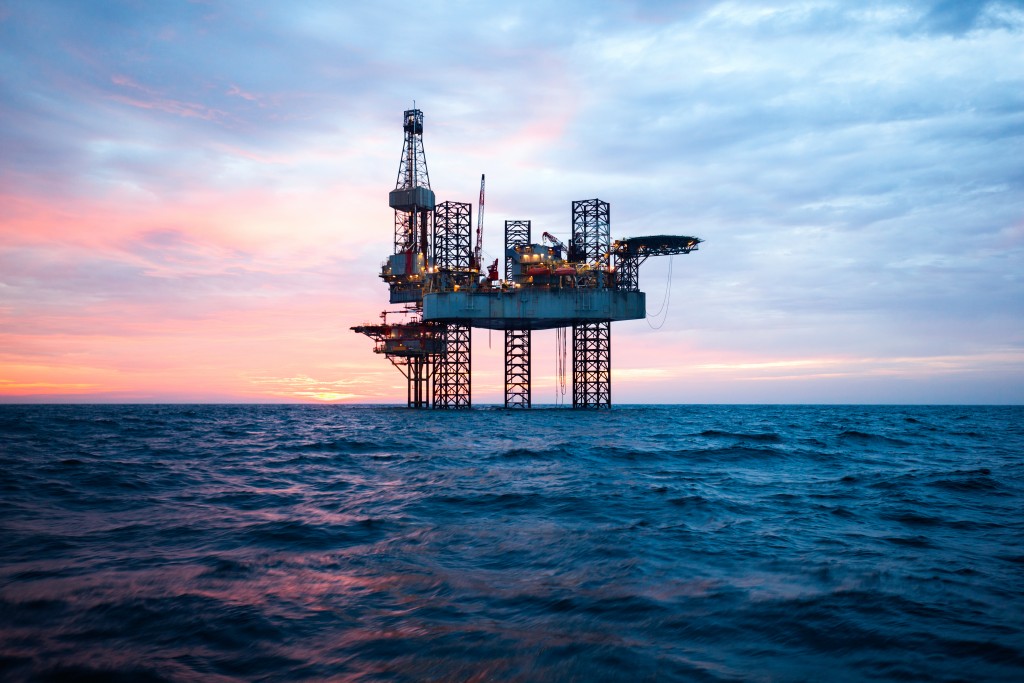Oil and gas production facilities aren’t designed for eternity. Most offshore facilities are meant to be in use for typically 25 years. And so many are now likely beyond their original design life. What do you do with yours if it’s in the same stage?
Abandon Rig vs. Extend Life
Offshore platform operators have two options when dealing with an ageing facility: to close it down or implement life extension techniques. The former is generally an unappealing choice for some because of the following reasons:
- Decommissioning tends to be expensive; estimates will vary but could reach billions
- The complexity of the process with regulations to follow
- Unclear terms on tax relief
There are also liability concerns on the part of the operator. So even as many rigs across the world are nearing their design life or 25 years, some operators are considering life extension techniques.
Life extension for any offshore site will generally involve the following concerns:
- Increasing the worth of the site in terms of production
- Improving cost efficiency
- Enhance operational efficiency
The beauty of life extension for these facilities is access to technologies. From software to digital equipment, innovative solutions will allow you to manage your ageing facility. 3D modelling techniques, for instance, has allowed one firm to cut its operation cost by 30 per cent for a platform off the Caspian Sea. Such a technique provides accurate material forecasting and reduces the need for rework fees.
Other solutions for life extension include physical technology, like robots and drones. Both technologies enable efficient operations, particularly for hard-to-reach areas. They also reduce the need for human resources, eliminating exposure to unnecessary risks. Instead of personnel performing inspections, drones may simply be deployed.
Although life extension techniques may seem like a wise choice, certain conditions will turn it into a risk.
When Extension Is Risky

The management of a facility nearing its design life requires even more stringent maintenance protocols. You’ll need to ensure the technical and operational integrity of your rig before recommending its continued use.
A primary concern would be the condition of the materials.
- Are the marine power cables on your rig still intact or wearing out?
- Are you noticing signs of stress corrosion cracking on your topside equipment?
- Are there internal and external corrosion in your facility?
- Has your equipment become obsolete?
- Are there constant blockages in pipework due to scaling?
If the state of your materials has deteriorated to such a costly degree, no new technology could save your offshore facility from safety issues and inefficiencies.
In addition to materials degradation, consider the teams on your rig, too. Operational or design teams who are ageing or maybe on their way out require a succession of knowledge in any organization. If your company isn’t getting new people in, then the facility could not continue functioning as well as it should.
When your assessment leaves you with a decision to close the facility, there is a way to see that it still serves a purpose. In California, offshore rigs may be turned into artificial reefs. Instead of the destructive decommission and removal through explosives, the state now allows rigs to consider reefing option.